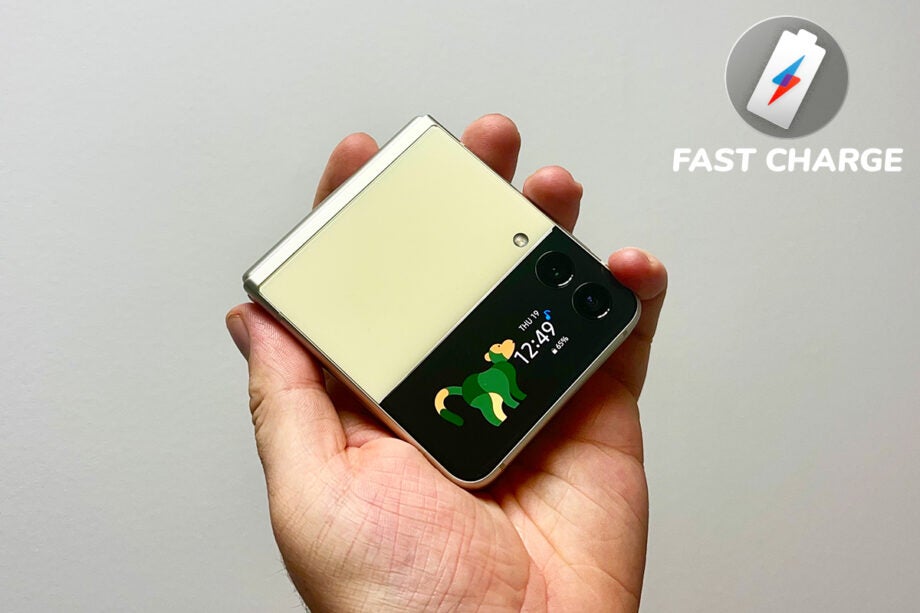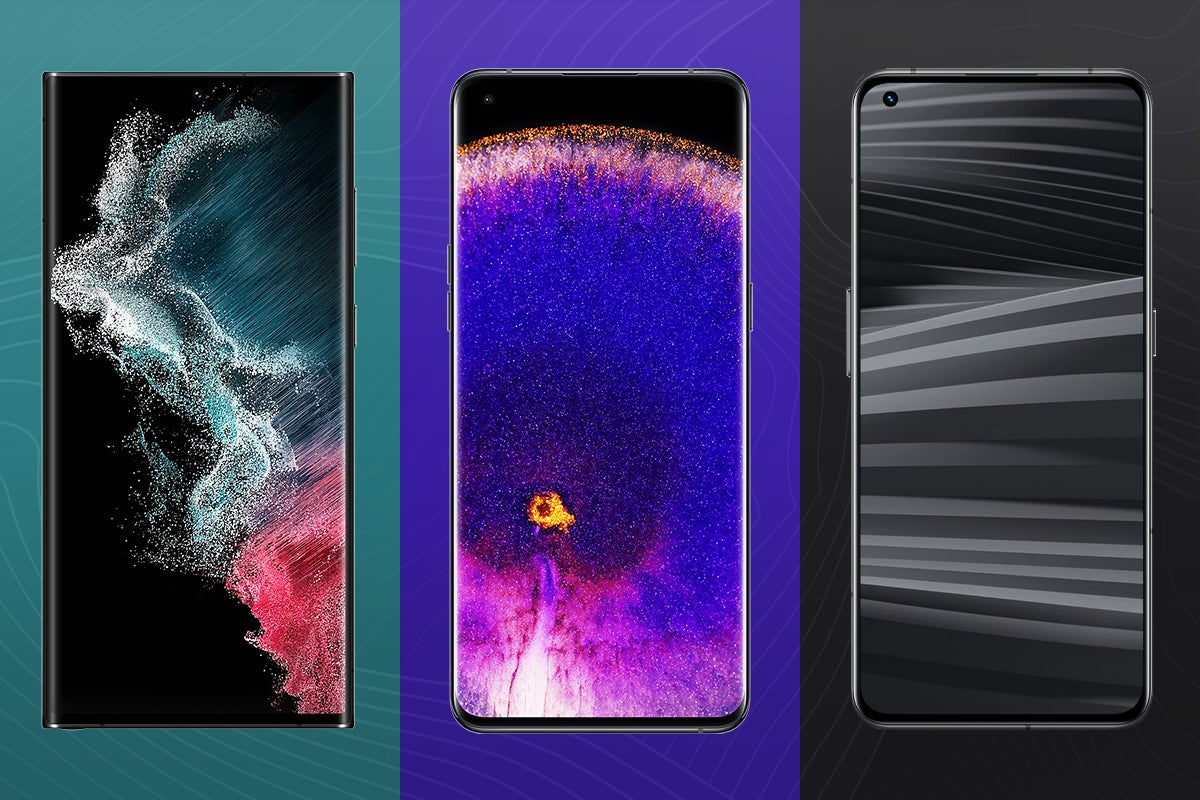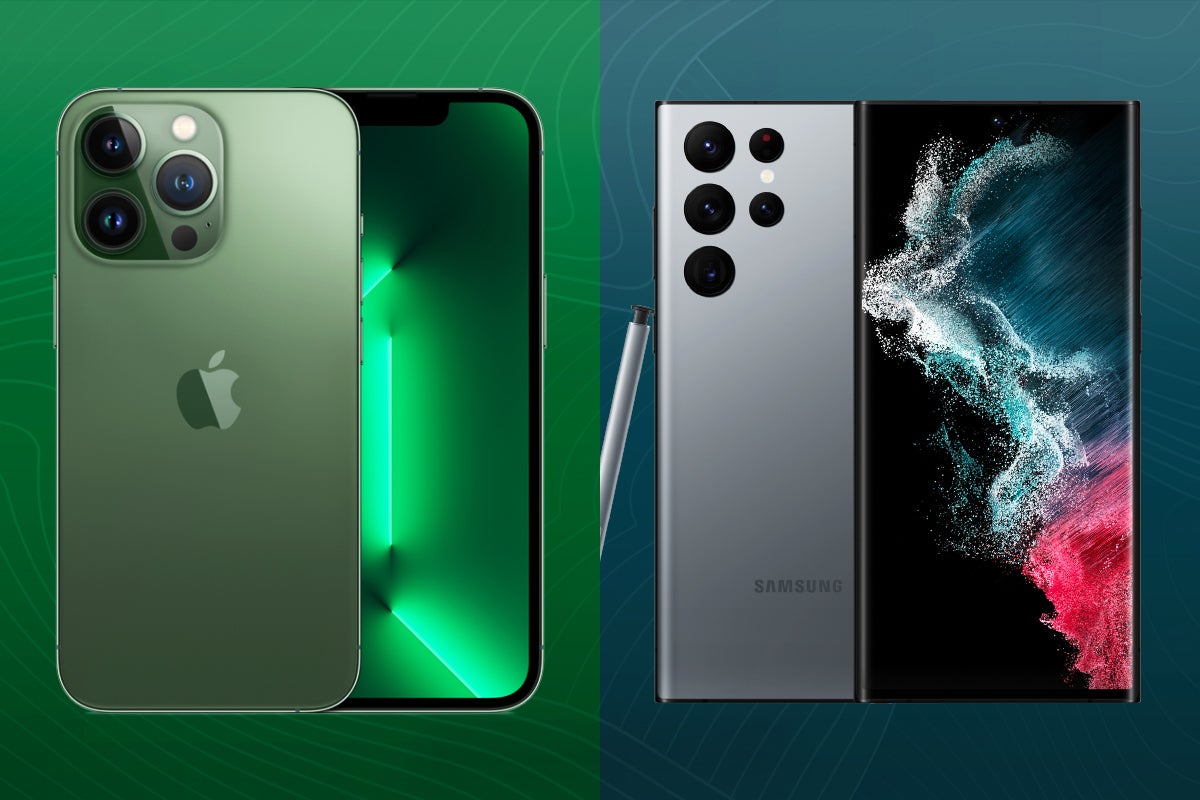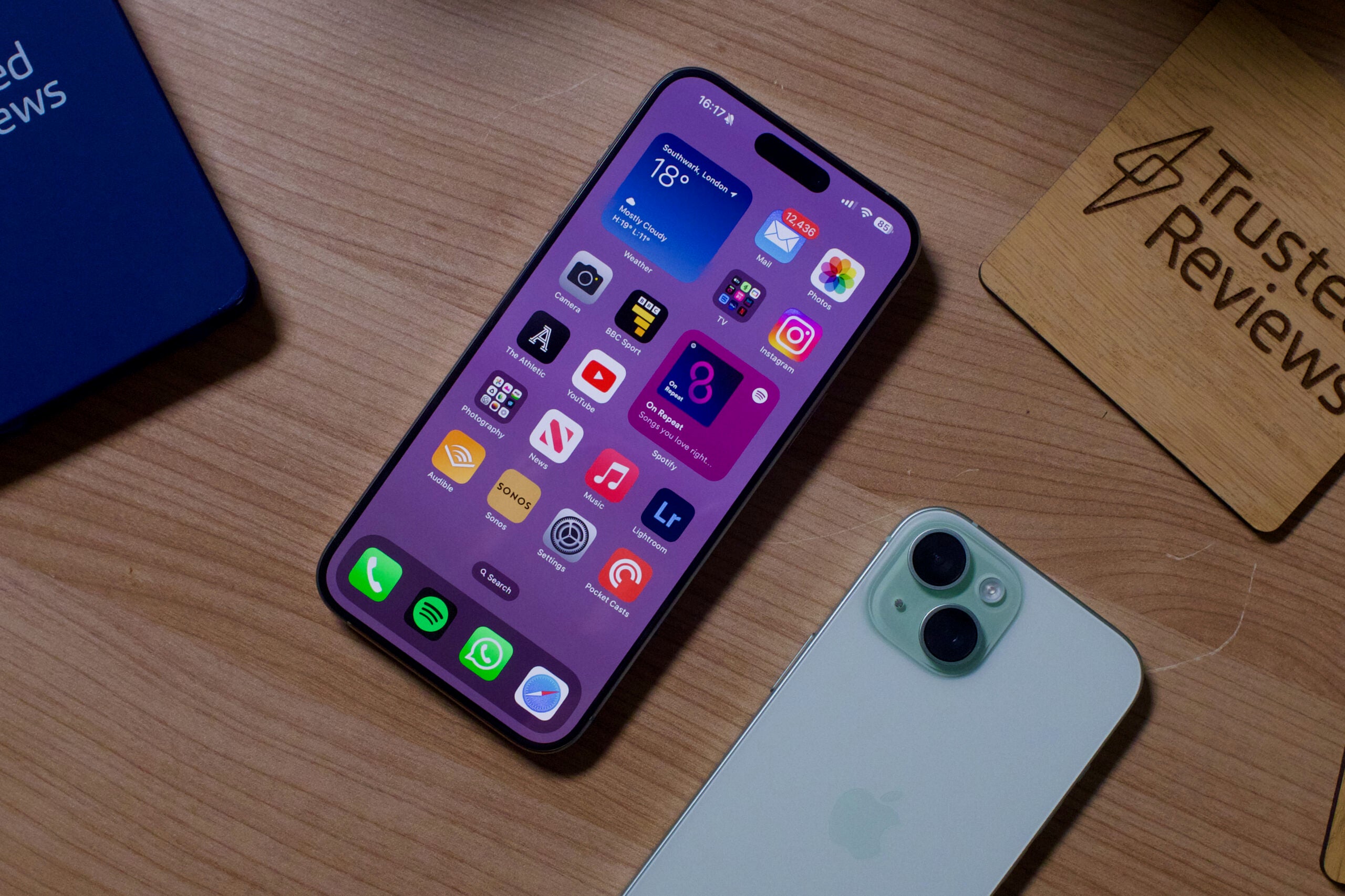Fast Charge: Apple’s the only one with a shot at making foldables mainstream

OPINION: This week, Trusted Reviews’ test unit of the Galaxy Z Flip 3 finally arrived at our labs. And while deputy and mobile Max Parker has found plenty to like about the new folding phone, I’m still not convinced it’ll be the breakthrough device that makes the category mainstream.
To catch you up, the Galaxy Z Flip 3 is the more affordable option in Samsung’s 2021 foldables line, sitting below the Galaxy Z Fold 3. It features a Motorola Razr style folding hinge that lets you fold the inner screen in on itself, like an old school clamshell phone from the days of yore. Once closed there’s then a secondary front screen for quick alerts and the like.
The second screen is actually the part Max liked best, with him excitedly telling me “you can have a cat on the front, need I say more,” moments after unboxing it.
And yes, I like cats as much as the next person. But, as I’ve said many times before, I simply can’t get excited by any foldable phone at the moment for a variety of reasons, the biggest of which is their current software.
The fact is, Android simply isn’t set up for foldables in its current state. This is because the OS, and pretty much every application on it isn’t optimised to run on foldable phone screens’ aspect ratio. They’re firmly optimised for traditional ones like the Galaxy S21’s 20:9 or older 16:9 form factors, which are a far cry from the Z Flip 3 main screen’s taller 22:9 aspect ratio.
This means, as we’ve seen on all previous foldables, next to every app looks a little odd on the screen and doesn’t display correctly: Netflix shows have visible black boundaries, as do games. And loading web pages all manner of strange things happen to news sites’ and their ilks’ formatting.
To be fair to Samsung, this isn’t its fault and it has adapted as much as it can. It’s a consequence of Android’s open source nature, which forces developers to hedge their bets prioritising the most common aspect ratios when creating their wares. I mean, why would they do loads of expensive UX work redesigning their product for a single phone?
This is simply the nature of Android being open source. It’s also the primary reason, as much as I hate to say it, I can only see one company having the drive and ability to make folding phones mainstream: Apple.
This isn’t because I think Apple’s better at hardware than Samsung – I’m actually very impressed how much more durable the firm’s made its folding screen tech since it launched its first generation foldables. It’s because Apple has always been a world leader in optimising software to new form factors.
Think about the iPad. Despite what Apple claims, there were numerous Windows tablets, like the slates from Samsung, before Apple even considered the form factor. What Apple did well was create a holistic offering with software bespoke designed to work on a tablet with a touch screen. This made the entire experience far smoother for general consumers than anything that came before. Trust me trying to use Windows 7 and Vista on a touch screen is not a pleasant experience, I’ve tried.
It’s since built on this creating what in my mind is the most holistic, and intuitive to some degree, ecosystem available with iPad OS, which is, being blunt, so much better than anything Android has to offer that Google threw in the towel years ago, confirming it had given up on tablets.
This is because Apple controls every aspect of its devices and only releases a limited number of them with locked down specs each year. Android by comparison lets firms to do whatever they want with the OS and use it on a huge variety of different form factors and designs, like foldables.
For foldables to work, they’re going to need an OS that is completely optimised to run on their specific form factor, where every app displays correctly and there are no “compromised” experiences. On a device that costs over $1000/£1000 consumers won’t accept anything less.
In the current climate, unless you count the Surface Duo, which has a twin screen rather than foldable design, Apple is in my mind the only company sensibly placed to do this. This is why, as much as it pains me to say it, I can’t see the form factor becoming mainstream until we see it on an iPhone.





